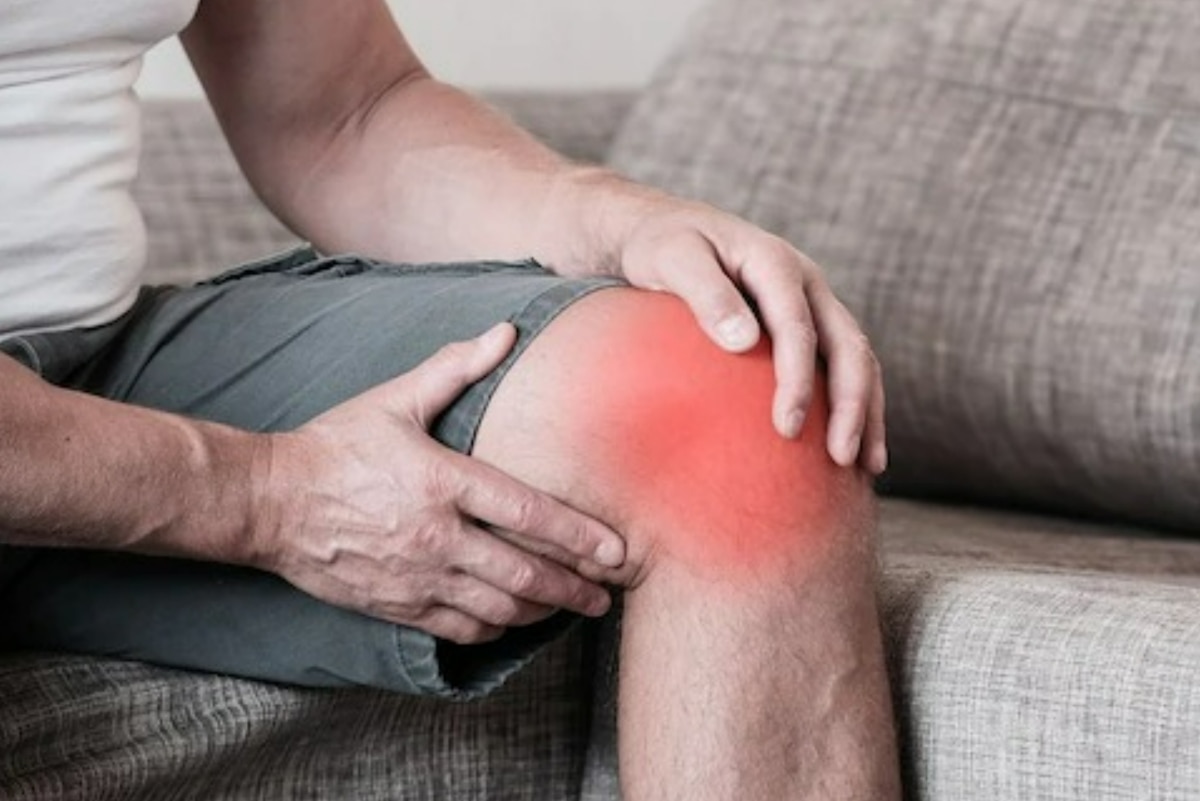When knee pain interferes with your daily activities, it’s time to explore your options to make sure you can stay active.
Knee pain it can be painful and chronic. Your mobility is hampered and your mood is significantly affected. Knee pain management is substantially more challenging in the winter. The sudden drop in barometric pressure caused by the change in ambient temperature can occasionally cause joints to swell. Pain sometimes has the power to literally bring you to your knees.
When knee pain interferes with your daily activities, it’s time to explore your options to make sure you can stay active. While non-surgical approaches are frequently tried as a first line of defense, there are situations where knee surgery is recommended or required.
Knee Surgery Treatment Options:
Here are some of the most popular surgical and non-surgical treatment options for knee pain.
Non-surgical options:
1. NSAID: Non-steroidal anti-inflammatory drugs are also commonly known as pain relievers and are often the first step in treating knee pain. NSAIDs, both over-the-counter and prescription, can decrease inflammation and block discomfort. It can provide much-needed relief while you recover or investigate other treatment options, although this is not a long-term answer.
2. Injections: Another effective treatment for knee discomfort is injection therapy. The injections often contain steroids or anti-inflammatory drugs that temporarily relieve symptoms. Steroid injections are a fast-acting medical therapy that can help prevent pain attacks. Hyaluronic acid, lubricants, and anti-inflammatory drugs are often combined in anti-inflammatory injections.
3. Treatment with Platelet Rich Plasma (PRP): For some time now, this technique has become increasingly popular for treating joint problems and sports injuries. A patient’s blood is used to inject platelet-rich plasma into the injured area. Blood molecules called platelets are responsible for clotting and promote healing. PRP therapy temporarily inflames the area, causing the body’s natural healing processes to work their magic and heal the sore knee.
4. Bracing: A knee brace is designed to give external stability to the knee joint. Orthotics are made to strengthen knee muscles, stabilize a joint, and relieve discomfort and inflammation. The brace realigns the joint by applying pressure to the sides, which decreases friction between the two rough surfaces of the bone, decreases pain, and improves mobility.
Surgical treatment options:
1. Total knee replacement surgery: If non-surgical treatments aren’t successful for you, your doctor may suggest a total knee replacement if a worn knee joint is the problem. Damaged joint components are removed and replaced with artificial components that simulate future joint functionality.
2. Partial knee replacement surgery: This procedure, also known as a unicompartmental knee arthroplasty, replaces one of the three compartments of the knee. These could be the patellofemoral, medial, and lateral areas. Through this process, a damaged arthritic compartment is treated while healthy ones are spared. Unicompartmental knee surgery is less intrusive and recovers faster than complete knee replacement.
3. Arthroscopic procedures: One surgical and diagnostic procedure is arthroscopic surgery. This operation helps in the identification and treatment of knee discomfort. To identify and intensify the source of your knee pain, your doctor will inject a camera tube into the joint. If repairs are required, they can probably be done while the surgery is in progress. Arthroscopy can be used to repair torn ligaments, remove loose objects from the knee joint, and remove or replace damaged cartilage (particularly if it is the cause of the locked knee).
4. Osteotomy: This less invasive method is suitable for physically active individuals who have uneven wear due to misaligned knees. To restore pressure to the other side of the joint, the surgeon will cut into the shinbone or femur. The main goal of an osteotomy is to prevent knee osteoarthritis from progressing further. A good osteotomy can delay the need for additional knee replacement surgical procedures.
Dr. Biren Nadkarni advised that “your options for treating knee pain can be as varied as its causes. Feel free to contact a trusted orthopedic surgeon to determine which one best suits your orthopedic needs.”
(Entries: IANS)
$(document).ready(function(){
$(‘#commentbtn’).on(“click”,function(){
(function(d, s, id) {
var js, fjs = d.getElementsByTagName(s)[0];
if (d.getElementById(id)) return;
js = d.createElement(s); js.id = id;
js.src = “//connect.facebook.net/en_US/all.js#xfbml=1&appId=178196885542208”;
fjs.parentNode.insertBefore(js, fjs);
}(document, ‘script’, ‘facebook-jssdk’));
$(“.cmntbox”).toggle();
});
});
